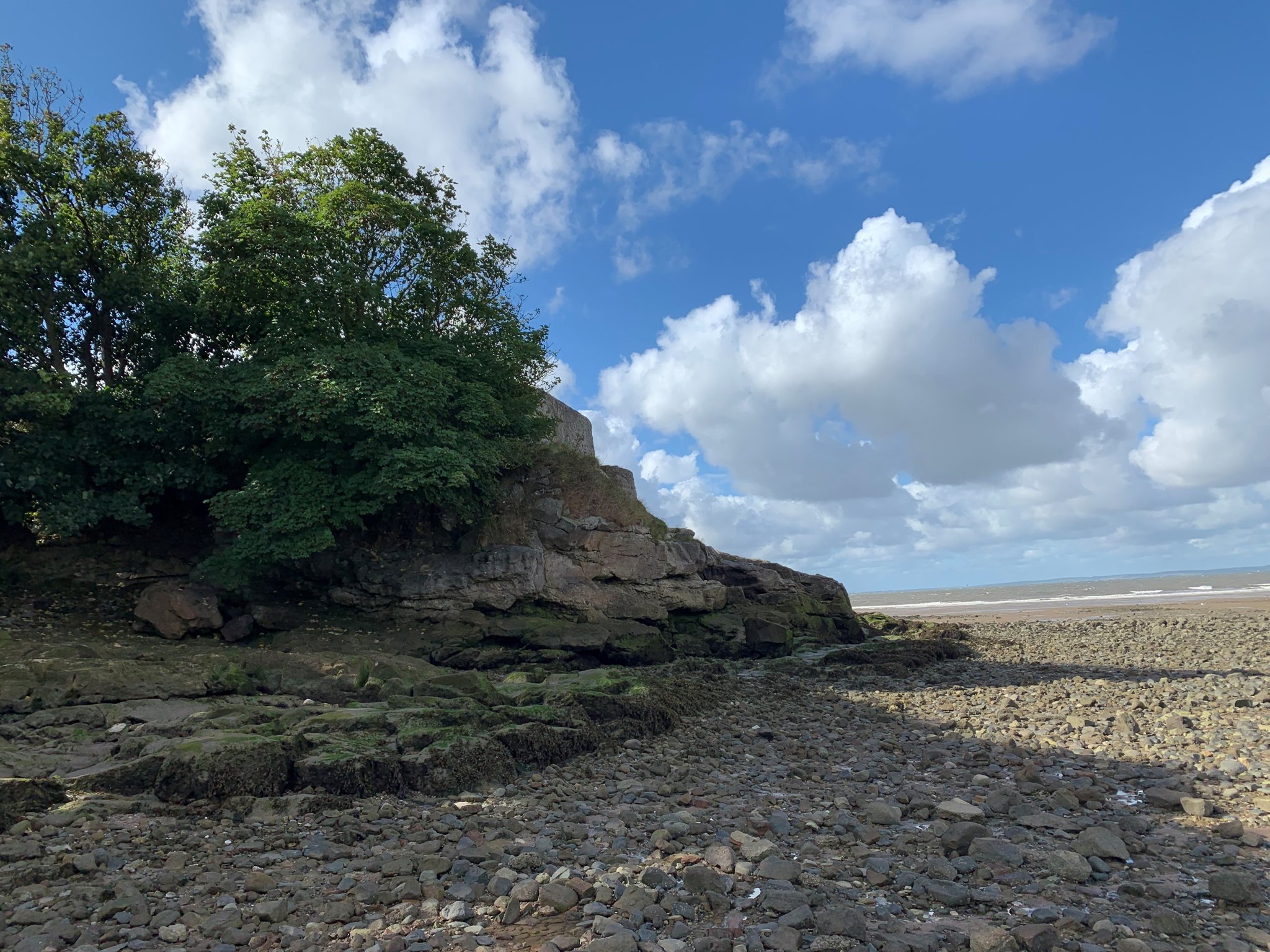An 'AA' trip to remember
1 October 2021

This week  has seen around 80 Year 11 students consolidating their classroom learning with their compulsory Geography field trip to Heysham and Morecambe.
has seen around 80 Year 11 students consolidating their classroom learning with their compulsory Geography field trip to Heysham and Morecambe.
The purpose of the visit was to assess coastal management strategies that have been implemented in Morecambe and make decisions about future planning. Mr Eastham, Mr Gee and Mr Bullock all joined us on the trip to support the learning taking place.
Mr Watters led two action packed days which saw students sketching, measuring and photographing landforms of coastal erosion and deposition.
The trips involved some time in Heysham where students were given an opportunity to see what had been taught in the classroom come to life.
After a stroll through the quaint village of Heysham - dating back to Viking times – students walked past an 8th century chapel – St Patrick’s – and iconic rock hewn graves on the dramatic headlands overlooking the Bay. Managed by the National Trust, this is a truly wonderful urban green space for our students to uncover and I personally would encourage anyone to spend an afternoon there!
Once up onto the headland, students saw fantastic views across Morecambe Bay out towards The Lake District. Here students got the chance to sketch and photograph various erosional landforms as well as being nourished with more information from Mr Watters about the UK energy demand and the Heysham Nuclear reactors – which will support their final topic of their GCSE course.
students got the chance to sketch and photograph various erosional landforms as well as being nourished with more information from Mr Watters about the UK energy demand and the Heysham Nuclear reactors – which will support their final topic of their GCSE course.
A quick drive into Morecambe saw students on the promenade making connections between classroom theory and outdoor evidence. With the aroma of fish and chips wafting under our noses as we approached lunch, students were now able to see first-hand both the positive and negative impacts of coastal management in Morecambe.
Hard engineering was evident in the form of a curved sea wall, supported by gabions, groynes and rip-rap rock armour all working in combination to protect Morecambe.
Further down the bay students got the opportunity to measure the rip-rap boulders and improve their paper 3 fieldwork techniques by using apps on mobile phones to show increased accuracy of measurement to improve the validity.
 Students will no doubt remember their eventful trip – not least for the emergency callout of the AA when one of the minibuses decided to have an engine failure and had to be fixed at the roadside. The AA were brilliant, prioritising us as a school group and managing to repair the bus at the roadside – although it took a few hours! A massive thank you to Mr Eccles who kindly drove up to Heysham to swap the bus with another of the Priory buses whilst the repair took place.
Students will no doubt remember their eventful trip – not least for the emergency callout of the AA when one of the minibuses decided to have an engine failure and had to be fixed at the roadside. The AA were brilliant, prioritising us as a school group and managing to repair the bus at the roadside – although it took a few hours! A massive thank you to Mr Eccles who kindly drove up to Heysham to swap the bus with another of the Priory buses whilst the repair took place.
The days were truly successful and the students of year 11 were a real credit to our school – showing respect and courtesy to members of the public at all times.
Mr Eastham said “Despite a cold and blustery wind blowing in from the s ea, the trip was a complete success and the pupils who attended were a credit to themselves, the school and their families. Under the expert tuition of Mr Watters, both pupils, myself and Mr Gee learnt a wealth of information about coastal erosion and sea defences. Trips and visits like this are so important to help give the curriculum and its content real life meaning to our pupils and it was great to experience this first hand."
ea, the trip was a complete success and the pupils who attended were a credit to themselves, the school and their families. Under the expert tuition of Mr Watters, both pupils, myself and Mr Gee learnt a wealth of information about coastal erosion and sea defences. Trips and visits like this are so important to help give the curriculum and its content real life meaning to our pupils and it was great to experience this first hand."
I would personally like to thank Mr Watters for all the hard work and dedication that goes into planning such a successful and educational trip. We would also like to thank Mr Eastham, Mr Gee, Mr Bullock and Mr Eccles for their support.

